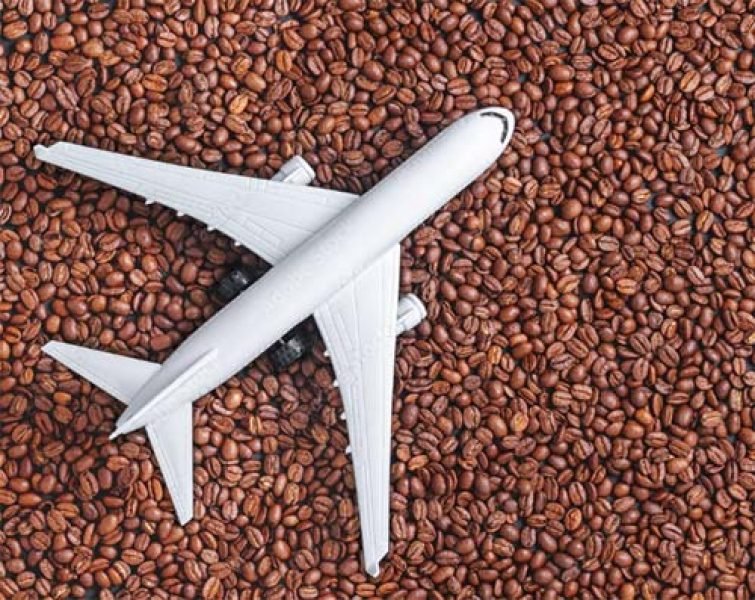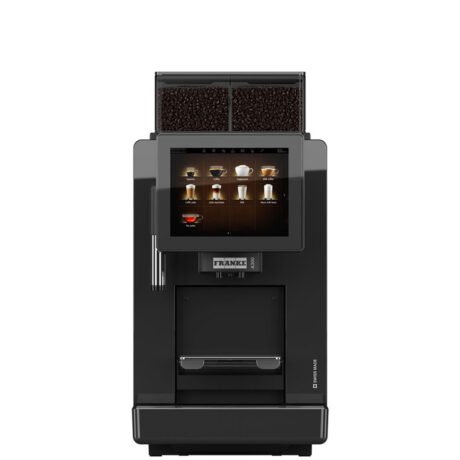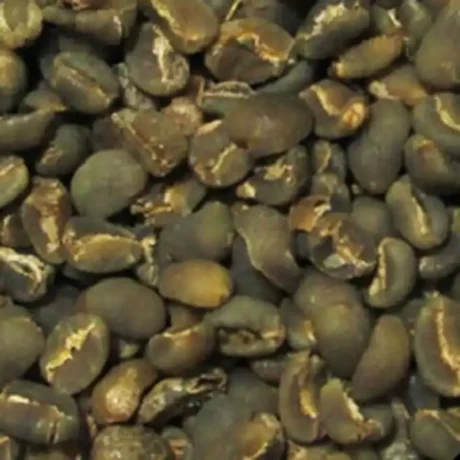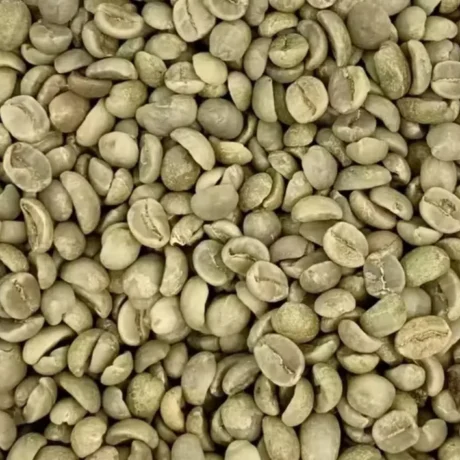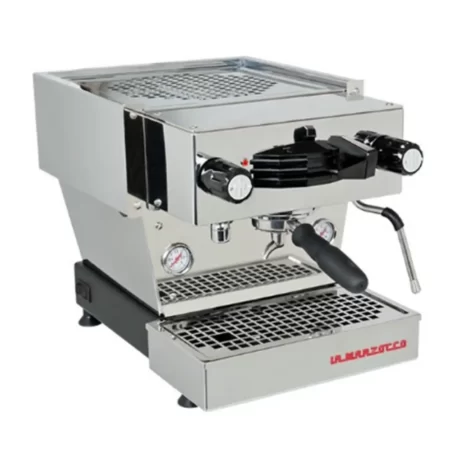Traveling with coffee beans on a plane is a common concern for coffee lovers who want to enjoy their favorite brew away from home. Whether you’re heading out on vacation, a business trip, or relocating to a new city, bringing coffee beans with you can make your journey more enjoyable. Fortunately, yes—you can take coffee beans on a plane. But to ensure a smooth and stress-free experience, there are essential guidelines, best practices, and customs regulations you need to know.
In this definitive 2025 guide, we’ll cover everything about flying with coffee beans: TSA rules, airline regulations, packaging tips, inspection procedures, international customs, and how to keep your beans fresh once you arrive. We’ll also explore travel-friendly brewing methods, local coffee culture, and why sharing your beans can turn your trip into a memorable coffee journey.
1. Can I Take Coffee Beans on a Plane? Check Airline Policies and TSA Guidelines
The simple answer: yes, you can bring coffee beans on a plane in both carry-on and checked baggage. Coffee beans are classified as a solid food item and are permitted under Transportation Security Administration (TSA) rules. This means roasted beans and ground coffee can safely travel with you.
That said, it’s essential to:
- Check airline-specific rules. While most airlines treat coffee like other packaged food items, some may require beans to be sealed in original packaging. Checking your airline’s website before departure avoids surprises.
- Know TSA screening procedures. Coffee beans don’t fall under the liquid restrictions (the 3.4 oz / 100 ml rule only applies to liquids, gels, and aerosols). However, large amounts of coffee grounds may be screened more closely. TSA recommends packing food in an organized way so officers can clearly see what you’re carrying.
For a deeper dive into security regulations, see our dedicated guide: Can I Take Coffee Beans on a Plane?
2. Choose the Right Packaging
The right packaging ensures your beans stay fresh, aromatic, and safe during air travel. Coffee quality is highly sensitive to air, moisture, light, and temperature swings. Here’s how to protect it:
- Airtight packaging preserves freshness by preventing oxygen exposure. Coffee beans quickly lose aroma when exposed to air.
- Valve-sealed bags allow gases from freshly roasted beans to escape while blocking air from entering. This also prevents bags from bursting due to cabin pressure changes.
- Opaque packaging protects from UV light, which breaks down flavor compounds.
- Moisture-proof layers are essential if packing in checked luggage, where spills may occur.
- Durable bags or canisters protect beans from being crushed. Specialty foil bags or stainless-steel canisters are ideal.
If you want to go deeper into how packaging extends flavor, check our article: Guide to Extending the Life and Aroma of Coffee Beans and Why is a Coffee Canister Important?.
3. Label Your Coffee Beans
While not mandatory, labeling your coffee beans helps avoid confusion during inspection. A simple label like “Roasted Coffee Beans – 250g” assures security officers that you’re carrying a safe food item.
If you transferred beans into another container, labeling becomes even more important. For example, a mason jar of beans without identification may prompt questions. A clear label makes the process smoother.
For tips on long-term organization and labeling, see: Store Coffee Beans.
4. Check Weight Restrictions
Coffee beans are surprisingly dense. A small bag may weigh more than you think, and airlines are strict about luggage weight. Keep in mind:
- Carry-on weight limits can be as low as 7 kg (15 lbs) on some airlines.
- Checked baggage usually allows 23 kg (50 lbs) in economy class, but bulk coffee can add up quickly.
- Customs considerations apply if you carry unusually large amounts. While roasted coffee for personal use is almost always fine, dozens of pounds may raise questions about commercial intent.
5. Place Coffee Beans in Your Carry-On
It’s best to pack coffee beans in your carry-on bag rather than checked luggage. Benefits include:
- Protection from rough handling. Checked bags are stacked and tossed; fragile coffee packaging can be crushed.
- Stable temperatures. The cabin environment is more consistent than the cargo hold.
- Easier inspection. If TSA needs to check your beans, you’ll be there to assist instead of having them open your suitcase behind the scenes.
- Avoiding confiscation. Carrying beans with you reduces risk of spills or unsealed bags being damaged.
If you want to understand how long beans stay fresh in storage, read: Does Coffee Expire? Understanding the Shelf Life of Coffee Beans.
6. Be Prepared for Inspection
While coffee is generally harmless, TSA may occasionally inspect beans or grounds more closely. Why?
- Coffee has been used in smuggling attempts because its strong aroma can mask other scents.
- Ground coffee over 12 oz may require extra screening.
- Officers may swab packages for explosive residue or request you to open the bag.
👉 Pro tip: keep your coffee near the top of your carry-on so you can easily remove it if requested.
For context on coffee’s chemical properties and why powders draw attention, see: Effects of Coffee on Health and Addiction.
7. Be Mindful of International Travel
Crossing borders adds another layer: customs rules.
- Roasted coffee beans are typically allowed worldwide for personal use, but must be declared.
- Green (unroasted) beans face stricter regulations. For example, unroasted beans are banned when entering Hawaii or Puerto Rico to protect local crops.
- Coffee plants or cherries are prohibited in many countries.
- Declare everything. Even if roasted beans are allowed, failing to declare can result in fines.
If you’re traveling from or to a producing country, you’ll often find unique regional varieties. For instance:
- Choosing the Best Aceh Gayo Green Coffee Beans
- Lampung Coffee: One of the Best from Sumatra
- Indonesia Specialty Coffee: Which One is the Best?
These make excellent souvenirs, but always respect customs laws.
8. Store Beans Properly Upon Arrival
Once you arrive, proper storage ensures your beans remain fresh throughout your trip.
- Keep beans airtight in a canister or sealed bag.
- Store in a cool, dark place away from sunlight and heat.
- Avoid refrigeration unless necessary, as condensation damages beans.
- If storing long-term, freezing is possible—see our detailed guide: Freezing Coffee Beans.
Also, read: Why is a Coffee Canister Important? for the best storage solutions.
9. Use Travel-Friendly Brewing Methods
Bringing beans is only half the equation—you need a way to brew them. Consider these travel-friendly options:
- AeroPress: lightweight, durable, and versatile.
- Pour-over drippers: collapsible cones that fit any mug.
- Travel French press mugs: brew and drink in one container.
- Manual grinders: compact burr grinders keep your coffee fresh.
If you want to master ratios and methods while traveling, check:
10. Check for Local Coffee Shops
Don’t forget the joy of discovering local coffee culture. Each city has its unique roasters and cafés. Exploring them adds richness to your travel experience.
Example: The Best 10 Coffee Shops in Turkey (Istanbul).
Buying local beans also supports small roasters and introduces you to flavors you might never find at home.
11. Share the Experience
Coffee is about connection. Traveling with your beans allows you to:
- Gift them to friends or hosts.
- Brew coffee for others as a gesture of hospitality.
- Trade beans with fellow travelers.
- Share stories and cultural experiences around coffee.
If you want to make every cup memorable, read: 7 Secret Tricks to Make Your Coffee Better Than a Coffee Shop.
Summary
Taking coffee beans on a plane is completely allowed and can transform your travel experience. To recap:
- TSA rules permit beans in both carry-on and checked bags.
- Smart packaging preserves freshness and prevents mess.
- Labeling and accessibility smooth the inspection process.
- Weight and customs limits are your main considerations.
- International travel requires declaring coffee and respecting bans on unroasted beans or plants.
- Proper storage upon arrival ensures flavor.
- Travel brewing methods let you enjoy your beans anywhere.
- Local cafés and sharing your coffee add cultural and emotional richness to the journey.
With the right preparation, you can savor your favorite beans from takeoff to touchdown.
FAQs
Can I bring coffee beans in my carry-on bag?
Yes. TSA allows coffee beans and grounds in carry-on luggage with no quantity limit. Keep large amounts of ground coffee accessible for screening.
Is there a limit to how much coffee I can take?
No strict TSA limit exists for roasted beans. The main restrictions are airline baggage weight limits and customs regulations when crossing borders.
Do I need to declare coffee beans at customs?
Yes. Always declare food items, even if permitted. Roasted beans are generally allowed worldwide, but failure to declare can result in fines.
Can I bring a coffee grinder or maker in my luggage?
Yes. Manual grinders and portable brewers like AeroPress or French press mugs are permitted in both carry-on and checked bags.
Will TSA open my sealed coffee bag?
Possibly. Officers may inspect or swab sealed bags, especially large quantities of ground coffee. To minimize disruption, keep beans labeled and easy to access.

